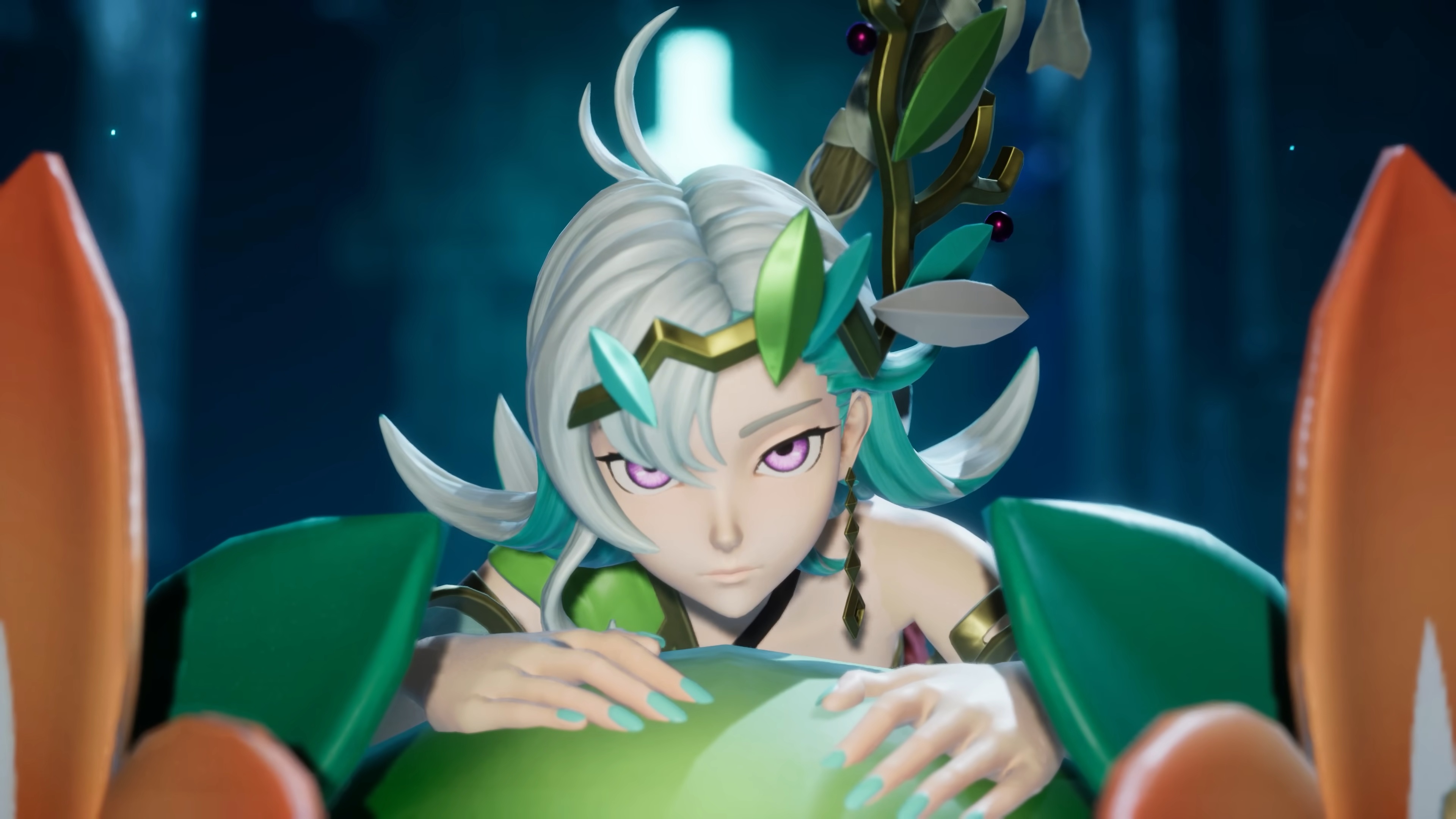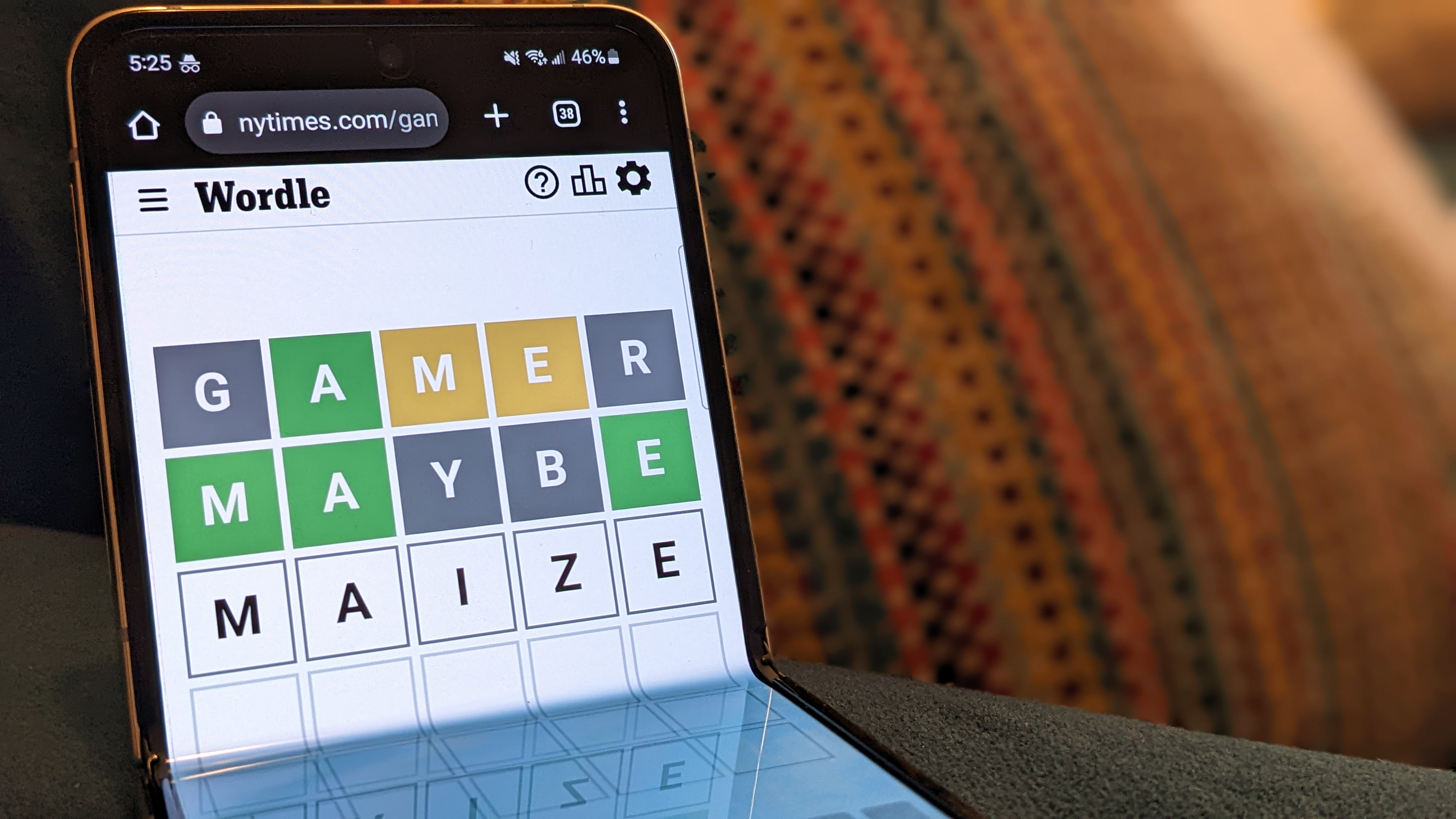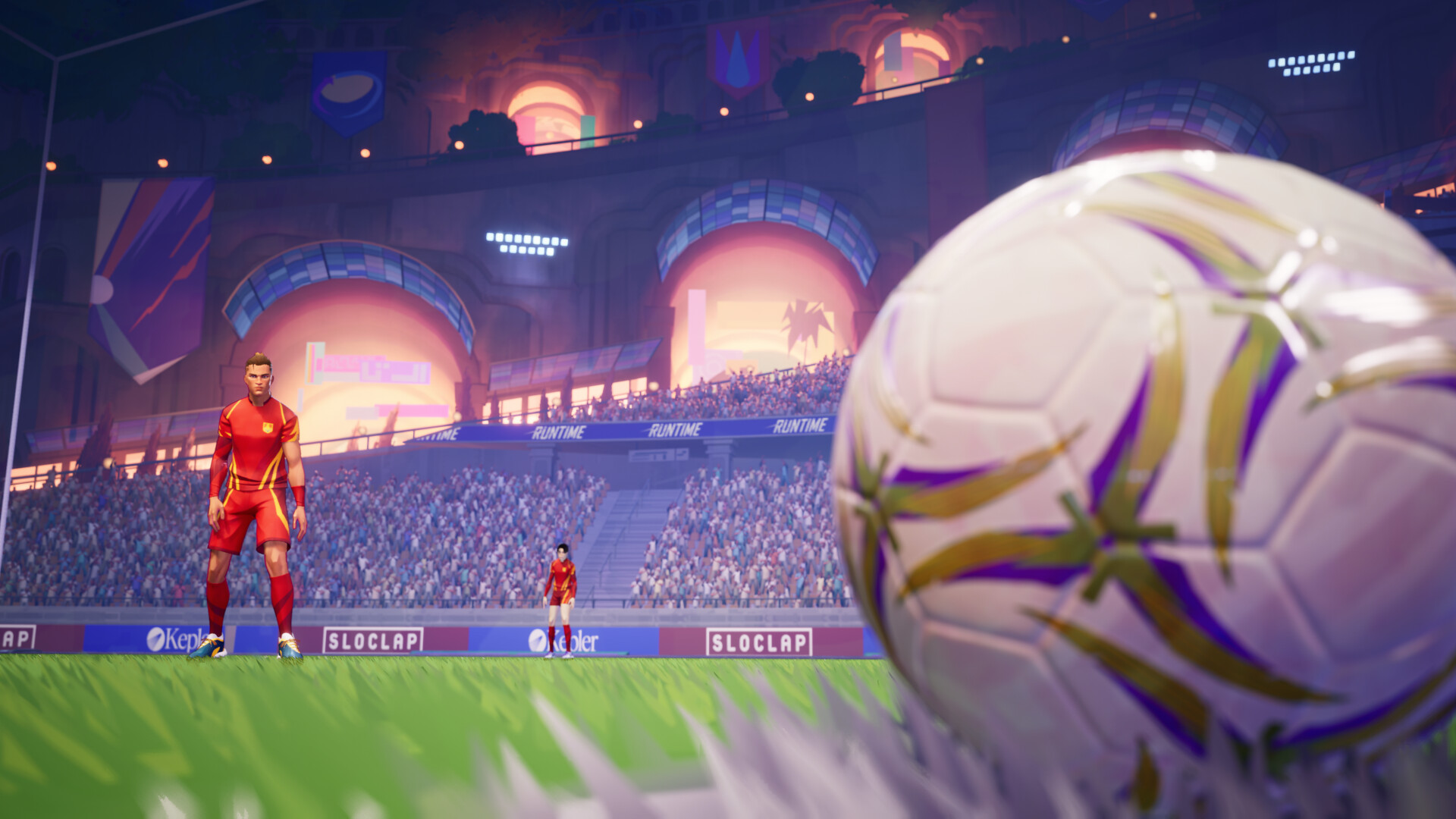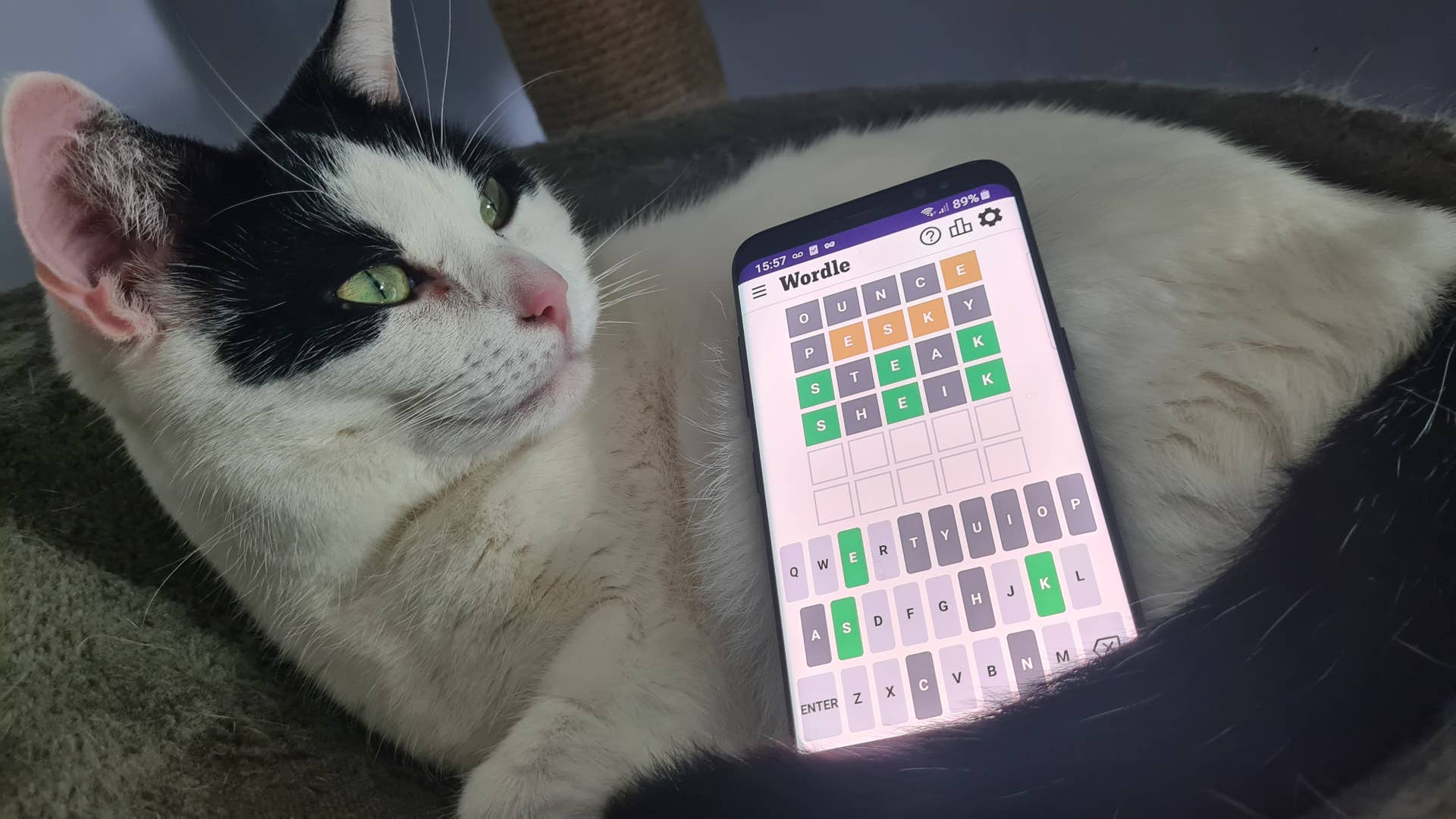
Most patent claims are as broad as possible, and filed down in an iterative process.
Nintendo’s suing of Palworld has, as one might imagine, set the internet on fire. Primarily because most people like a good underdog story, and also because Nintendo has built a reputation for being very, very litigious.
As such, cheers went up on the internet when it was uncovered by GamesFray that Nintendo’s patent claims, which primarily seem poised to target Palworld, had been rejected at a ratio of 22 to 23 in the US—which naturally made headlines since, on digital paper, this sounds like a big win. In practice? It’s apparently business as usual.
That’s as per a Japanese patent lawyer who spoke to Yahoo Japan (translated and shared here by Automaton) about the rejections, which have been making headlines. Basically, Kiyoshi Kurihara states that this sort of mass rejection is actually rote for most patent claims.
As Automaton’s article paraphrases: “Kurihara clarifies that this is a routine outcome in patent reviews. Patent applications often include a mix of broad and narrow claims. The broader ones are often rejected on the grounds of lacking novelty or inventiveness, while the narrower ones stand a better chance of gaining approval.
“In this case, despite what the words ‘final rejection’ may sound like, Nintendo has the right to modify its application based on the surviving claim, and it can still attempt to contest the rejections through continued filings or appeals.”
GamesFray’s original article also highlights this as a typical tactic, stating: “A product can even infringe dozens of claims from a single patent … In general, the more claims an accused service or product infringes, the better for the patent holder. One simple reason for which it is good is that even if one or more claims turn out to be invalid, you may still have one or more left that survive.”
In other words, claims are cast with a wide net because of the advantages of having multiple claims being infringed—and patent rejections appear to be commonplace. Here’s a study from 2015 which found that only 11.4% of patents were given an allowance with no rejections at any point in the US. If you’ve got money to burn and want to nail down commercial dominance—which Nintendo certainly does—then starting broad is pretty similar to opening a session of haggling by naming a high price. You might as well try.
As the GamesFray article does state, the term “final rejection” is a bit misleading, too. Nintendo can certainly modify its claims or appeal them. In fact, this back-and-forth process actually has a name—patent prosecution—and it typically goes on for a while. On that point, a further update by the site suggests Nintendo, by requesting an interview with the patent examiner, could be angling to “persuade the examiner that more claims than only one out of the 23 should be granted”.
While the news “Palworld is being sued by Nintendo” was pretty dramatic, the actual process of applying for patents is long, boring, and includes a lot of revisions—that’s not to say Nintendo isn’t encountering any turbulence in the US. It still clearly has work to do, but said work appears to be par for the course.
Best MMOs: Most massive
Best strategy games: Number crunching
Best open world games: Unlimited exploration
Best survival games: Live craft love
Best horror games: Fight or flight





